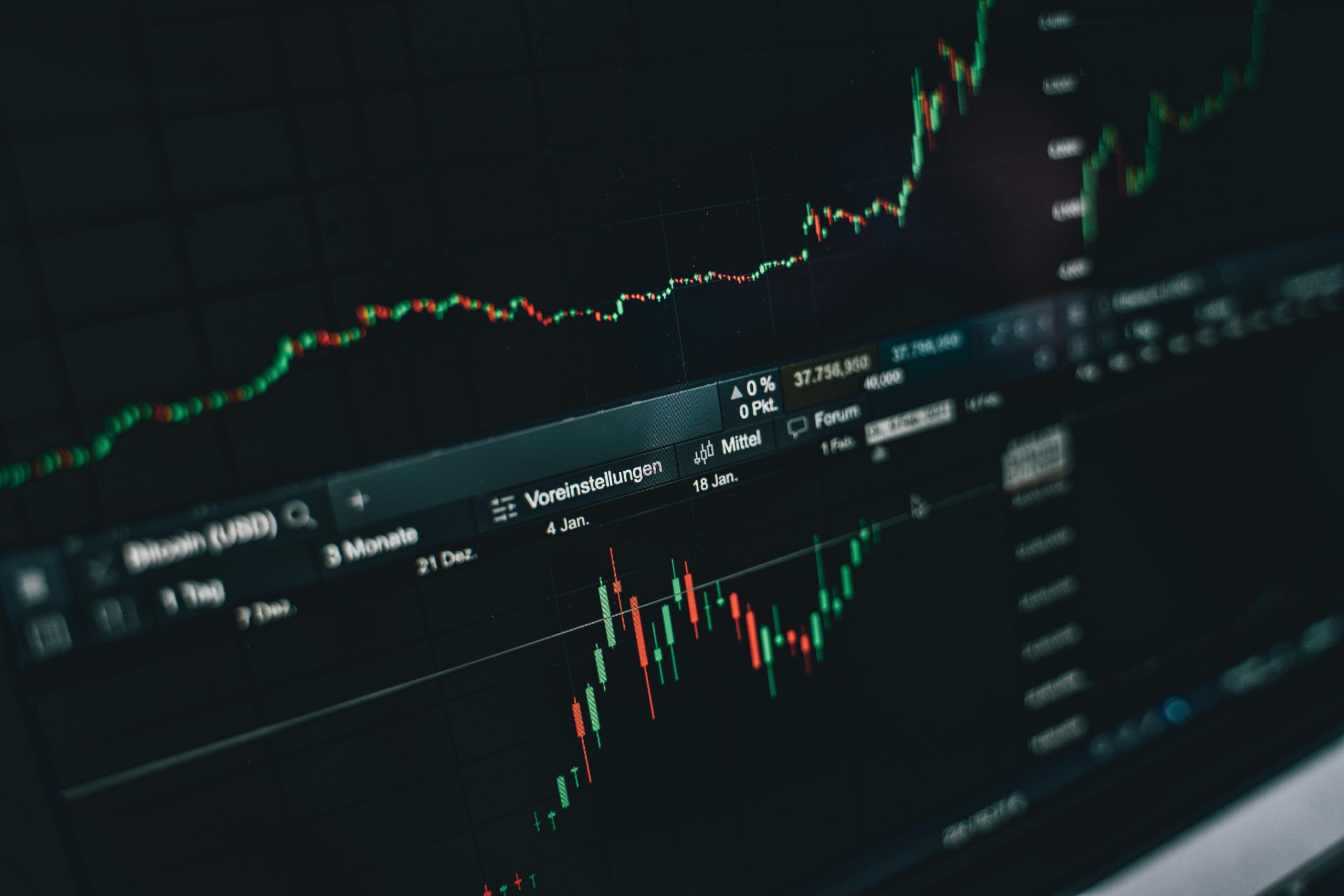Introduction to Forex Signals
The world of forex trading can be overwhelming for beginners, but one tool that can significantly simplify decision-making is forex signals. These signals serve as real-time trade suggestions or alerts, helping traders understand when to buy or sell a currency pair. Whether automated or manually generated, forex signals can play a crucial role in developing a profitable trading strategy.
In this comprehensive guide, we will explore what forex signals are, how they work, the types available, their benefits and risks, and how new traders can effectively use them to their advantage.
What Are Forex Signals?
Forex signals are recommendations or alerts provided to traders, indicating optimal times to enter or exit a trade. These signals typically include essential information such as:
- The currency pair (e.g., EUR/USD)
- Entry price
- Exit price (Take Profit)
- Stop-loss level
- Direction of the trade (Buy/Sell)
These signals are designed to help traders make more informed decisions, often based on technical analysis, market trends, or algorithmic predictions.
Who Provides Forex Signals?
There are generally two types of signal providers:
- Human Analysts: Experienced traders or financial analysts who manually analyze market data and provide recommendations.
- Automated Systems: Algorithms or trading bots that generate forex signals based on predefined criteria and market patterns.
Both sources can be effective, but they come with different risks and levels of reliability.
Types of Forex Signals
Understanding the different types of forex signals helps traders choose the ones that best suit their trading style and risk tolerance.
Free vs. Paid Signals
- Free Forex Signals: Often provided by brokers or online communities, free signals are accessible but may lack reliability.
- Paid Forex Signals: These come from professional providers who charge a subscription fee and usually offer more accurate, data-driven insights.
Manual vs. Automated Signals
- Manual Signals: Generated by human analysts, manual signals allow traders to learn from professional reasoning and develop their own trading intuition.
- Automated Signals: Produced by trading software, these signals are faster and ideal for those who prefer hands-off trading.
Entry and Exit Signals
Some forex signals are designed specifically to tell you when to enter a trade, while others indicate when to exit. Advanced systems provide both for a full trading strategy.
How Forex Signals Work
Forex signals function through a delivery system that can include SMS alerts, emails, mobile apps, or online platforms. When a signal is generated, it contains all necessary trade parameters, allowing the trader to act immediately or at their discretion.
Key Components of a Forex Signal
Every effective signal includes:
- Currency Pair: Which forex pair to trade
- Action: Buy or Sell
- Entry Point: Suggested price to enter the trade
- Stop Loss: Maximum risk level
- Take Profit: Target price to close the trade
These components help traders manage risk and maximize potential profits.
Benefits of Using Forex Signals
For beginners, forex signals offer a range of advantages that can significantly ease the learning curve and enhance trading performance.
Saves Time
Analyzing charts, news, and technical indicators can be time-consuming. With forex signals, traders receive pre-analyzed suggestions, allowing them to focus on execution rather than analysis.
Reduces Emotional Decision-Making
Many new traders make impulsive decisions due to fear or greed. Forex signals provide an objective, data-based approach to trading, helping remove emotional interference.
Offers Educational Value
By studying the reasoning behind signals, traders can learn more about technical and fundamental analysis, gradually becoming more self-sufficient.
Enhances Profit Potential
Well-researched forex signals can significantly increase your chances of making profitable trades, especially when used as part of a broader strategy.
Risks and Limitations of Forex Signals
While forex signals can be highly beneficial, they are not without their drawbacks.
Over-Reliance
Depending solely on signals can hinder a trader’s personal growth and understanding of market dynamics.
Quality and Accuracy
Not all signal providers are reputable. Poor-quality signals can lead to losses and erode trust in the trading process.
Market Volatility
Even accurate forex signals can fail due to unexpected market events, such as geopolitical tensions or economic announcements.
Costs
Paid signal services can be expensive, and there’s no guarantee of profitability, making it crucial to evaluate the provider’s track record before subscribing.
How to Choose the Right Forex Signal Provider
Selecting the right provider is critical to your success in using forex signals.
Key Factors to Consider
- Transparency: A reliable provider will offer access to historical performance data.
- Accuracy Rate: Look for services with a proven track record and at least 60–70% success rate.
- Support and Communication: Responsive customer service can be a sign of a trustworthy provider.
- Trial Periods: Many quality services offer free trials—use this to evaluate the signals before committing.
Red Flags to Avoid
- Unrealistic promises of guaranteed profits
- Lack of transparency in trade history
- No risk disclosures
- Anonymous or unverified providers
Best Practices for Using Forex Signals
Even with the best forex signals, poor execution can lead to subpar results. Here are some best practices to follow.
Combine With Personal Analysis
Don’t rely entirely on signals. Use them to confirm your own analysis or support your trading decisions.
Manage Your Risk
Always apply proper risk management techniques, including stop-loss orders and position sizing, when using forex signals.
Maintain a Trading Journal
Keep a record of all trades made using forex signals. This will help you track performance, identify patterns, and refine your strategy over time.
Stay Updated With Market News
Economic events can impact the effectiveness of even the best signals. Always stay informed about global financial news.
Forex Signals and Trading Strategies
Integrating forex signals into your overall strategy can make a substantial difference in performance.
Short-Term Trading
Scalpers and day traders often use high-frequency forex signals to make multiple quick trades throughout the day.
Long-Term Trading
Swing and position traders can benefit from signals that are based on broader market trends and longer time frames.
Copy Trading and Signal Services
Some platforms allow traders to automatically copy the trades of professionals. These are essentially real-time forex signals combined with automated execution.
Tools That Complement Forex Signals
To get the most from forex signals, consider using additional tools and resources:
- Economic Calendars: Track major economic events that may affect currency prices
- Technical Indicators: Use indicators like RSI, MACD, or Bollinger Bands to confirm signals
- Demo Accounts: Practice using forex signals in a risk-free environment
- Trading Platforms: Use platforms like MetaTrader 4 or 5 for seamless execution of signal-based trades
Conclusion
For new traders entering the fast-paced world of forex, forex signals offer a practical and efficient way to navigate complex markets. By providing timely and data-backed trade recommendations, they can enhance decision-making, reduce emotional bias, and increase the chances of success. However, it’s essential to use them wisely—understanding their limitations, vetting providers carefully, and incorporating them into a well-rounded trading strategy.





